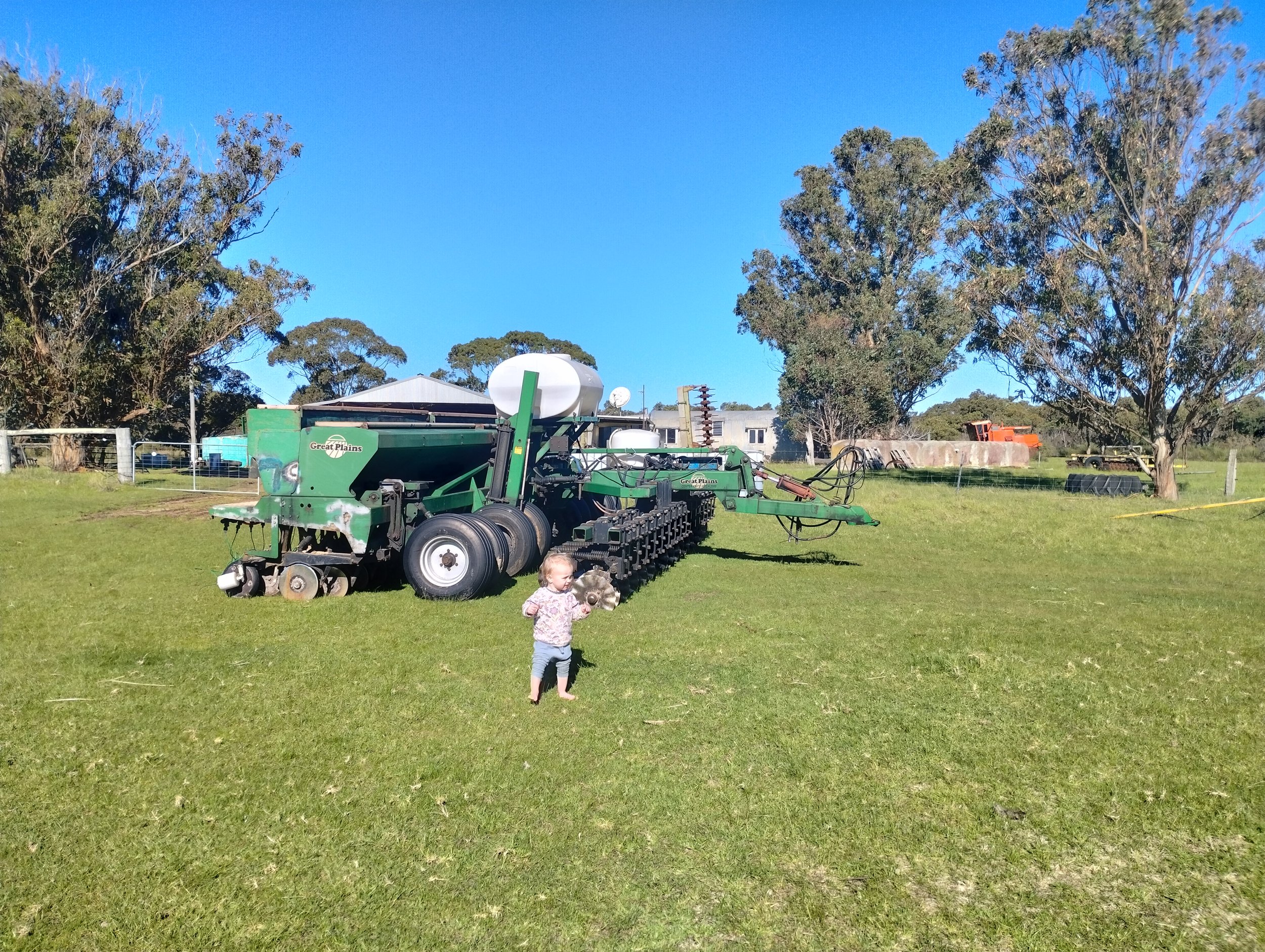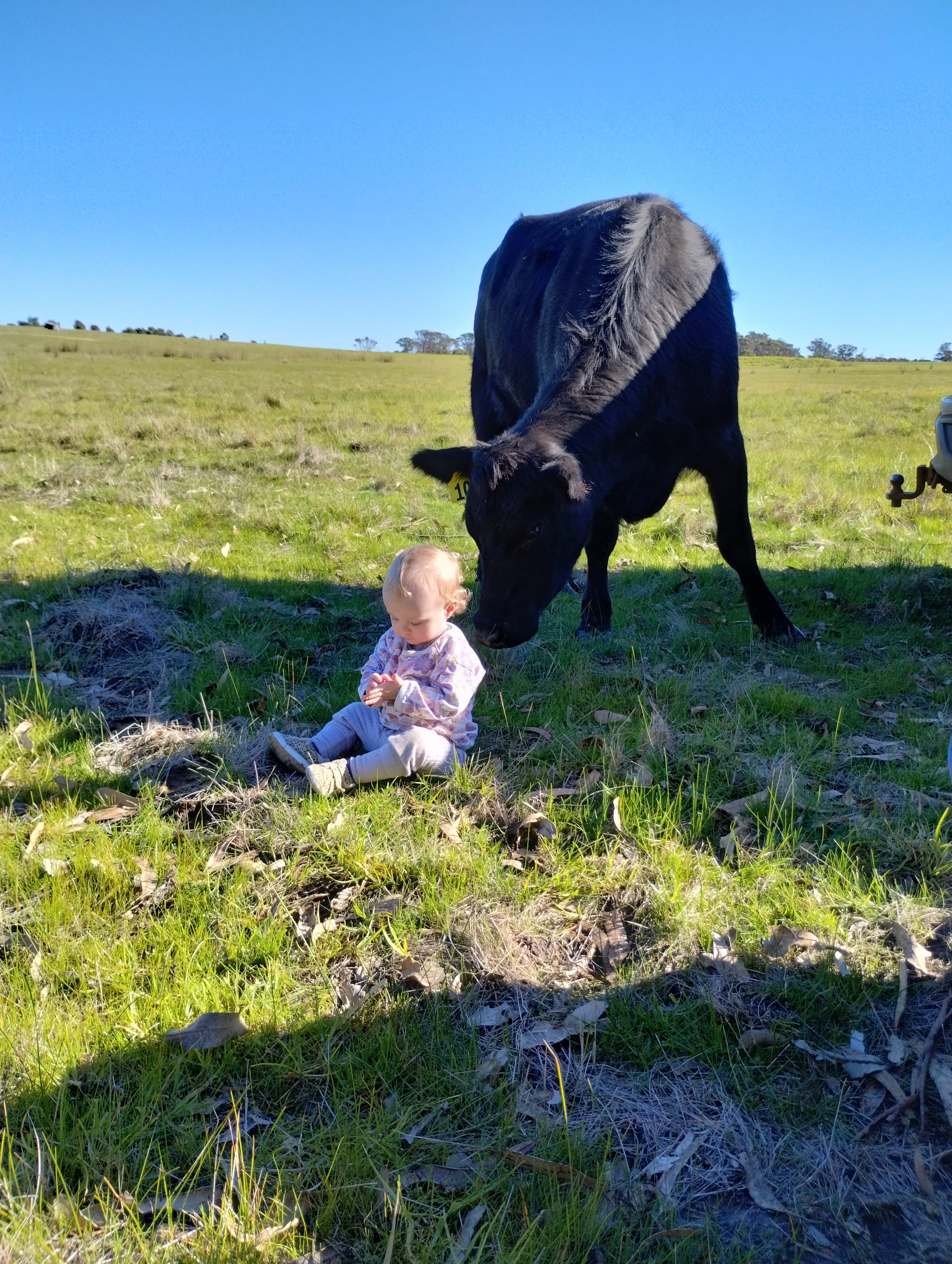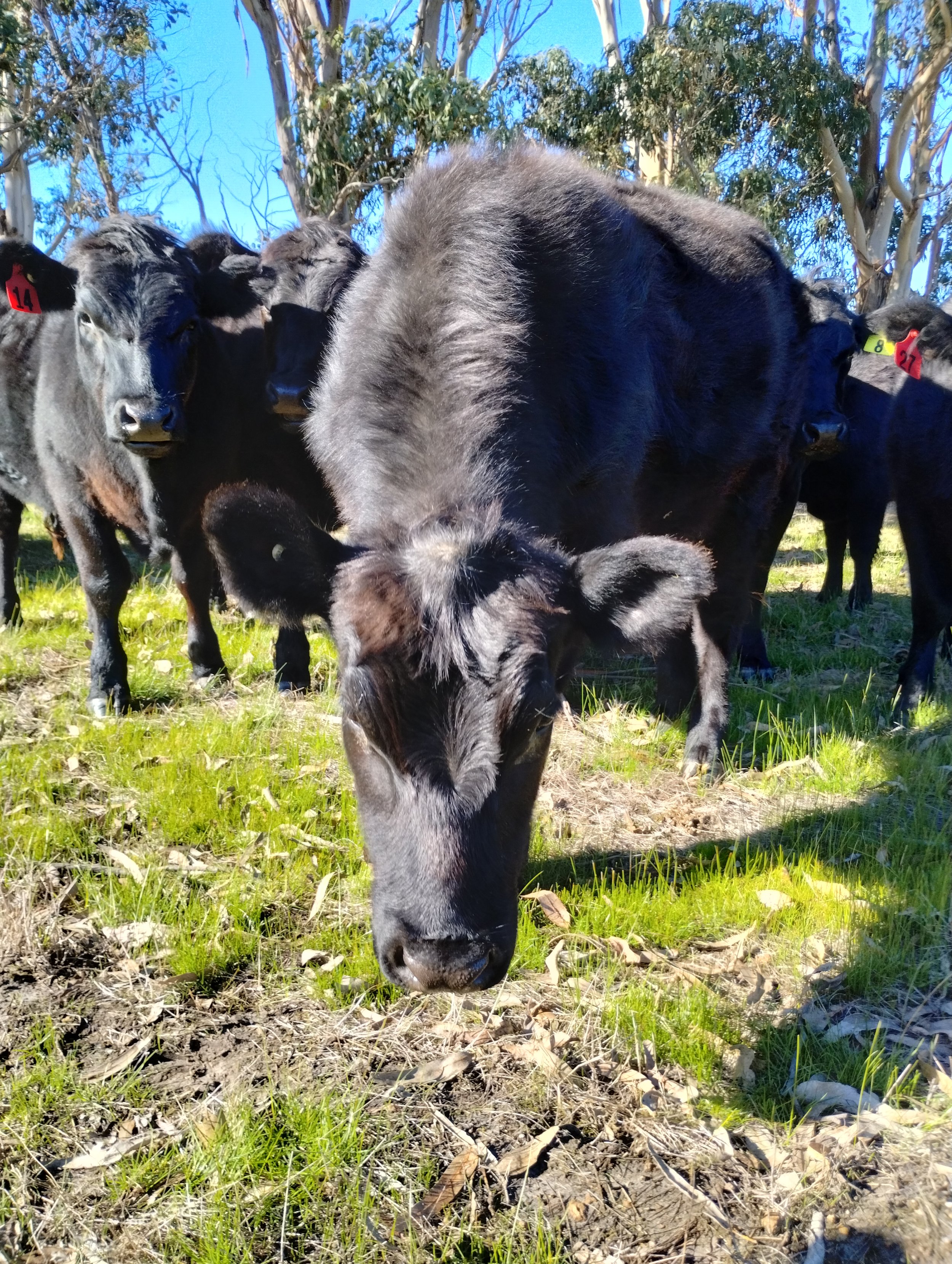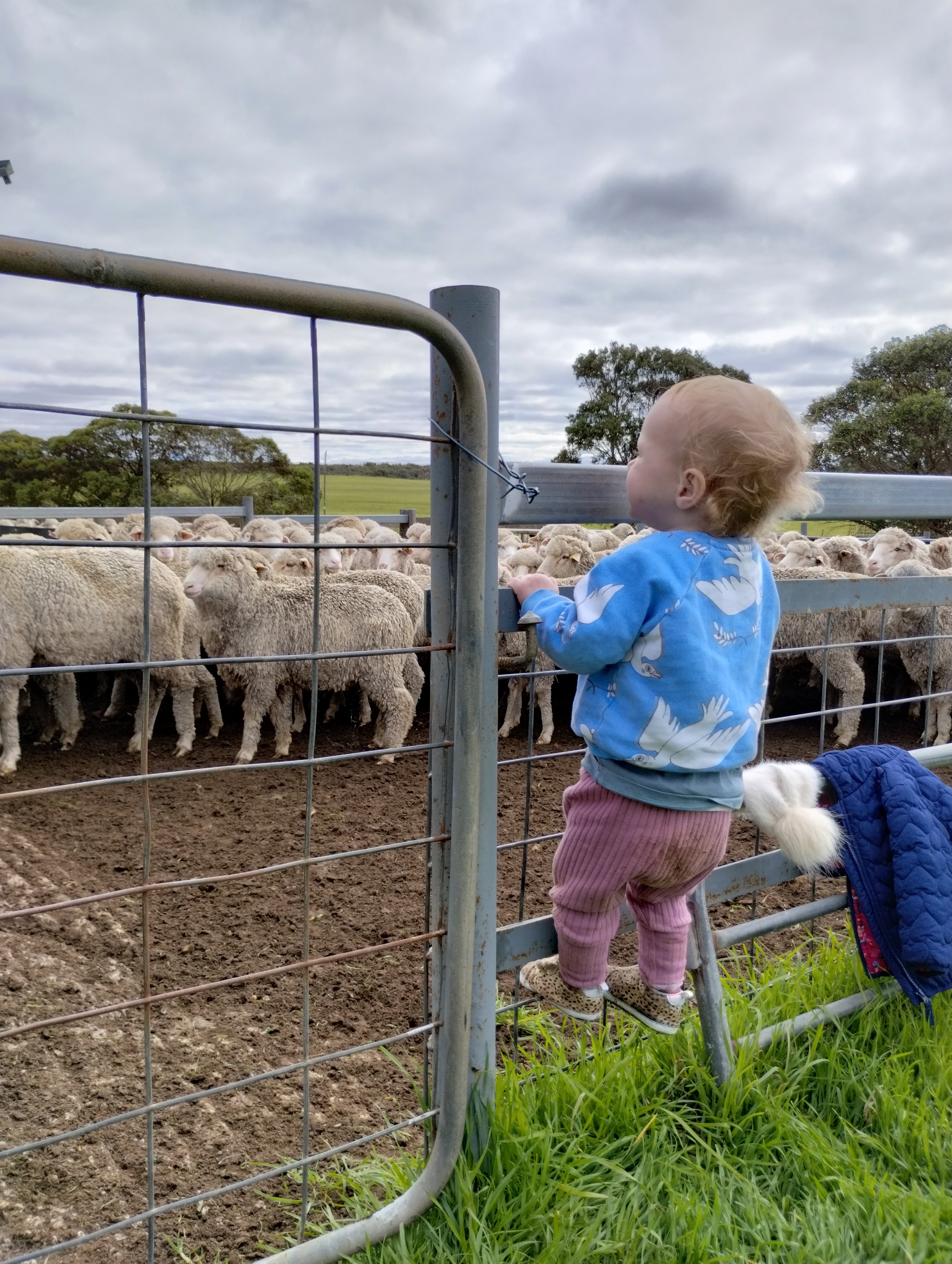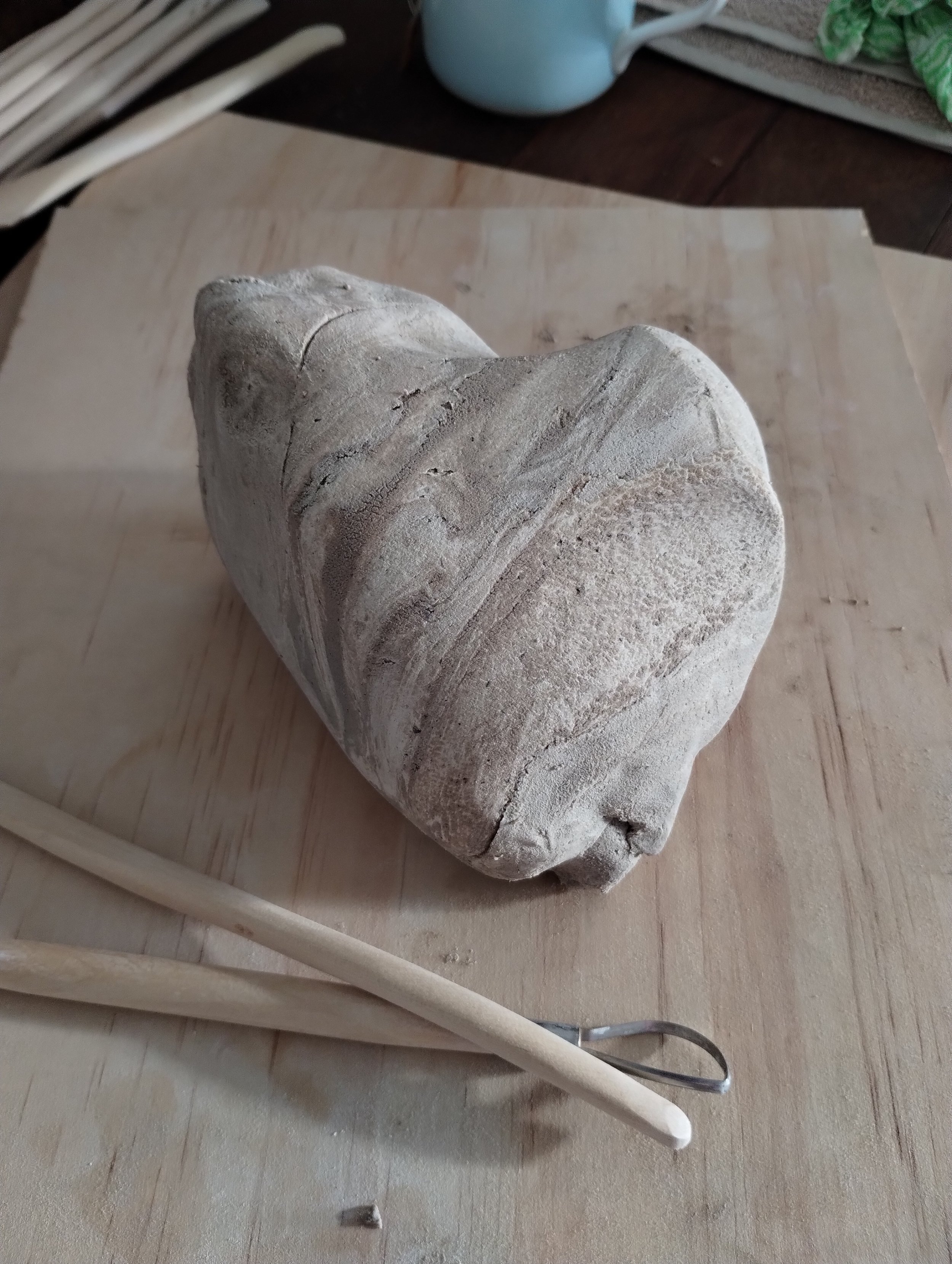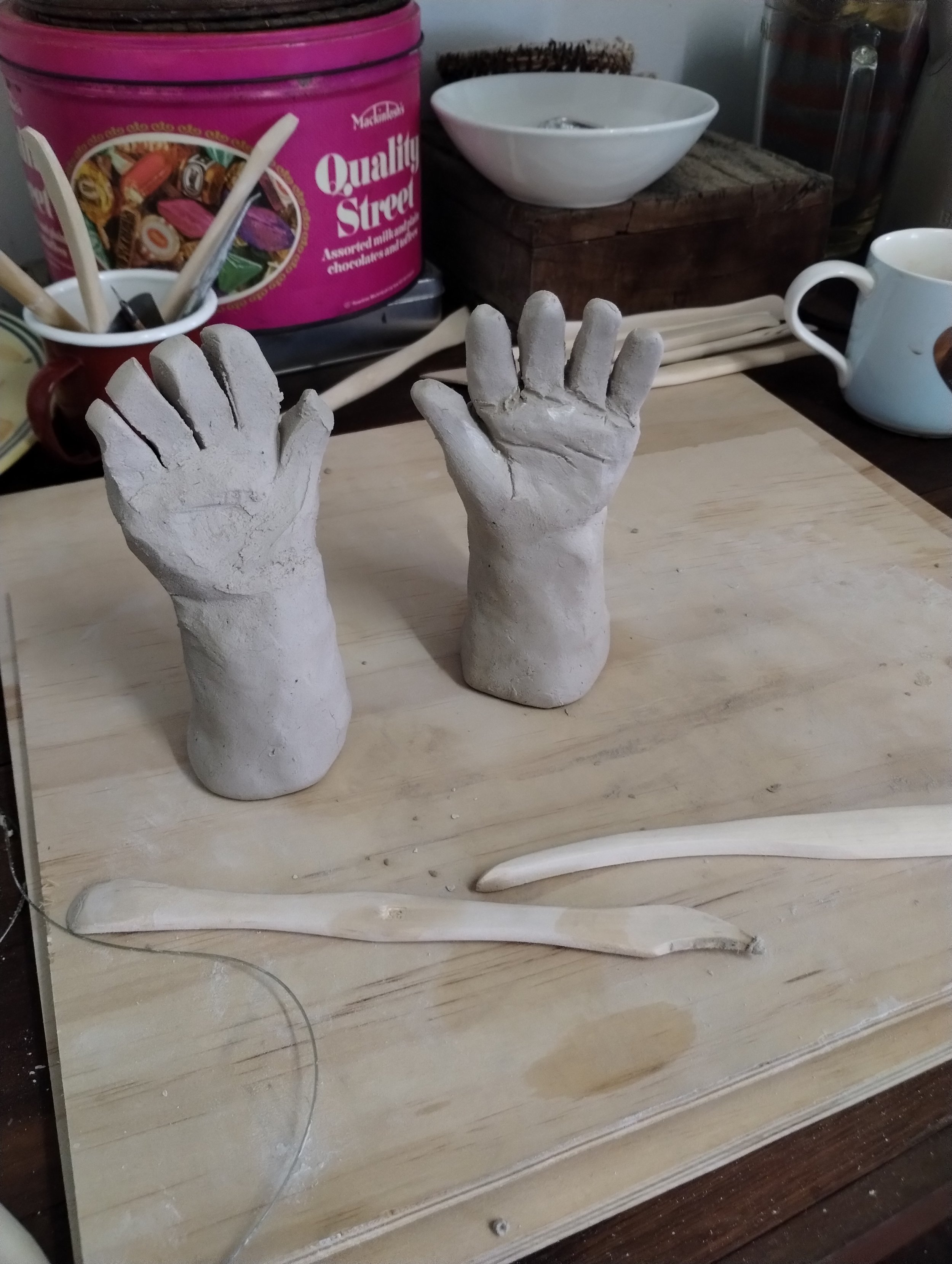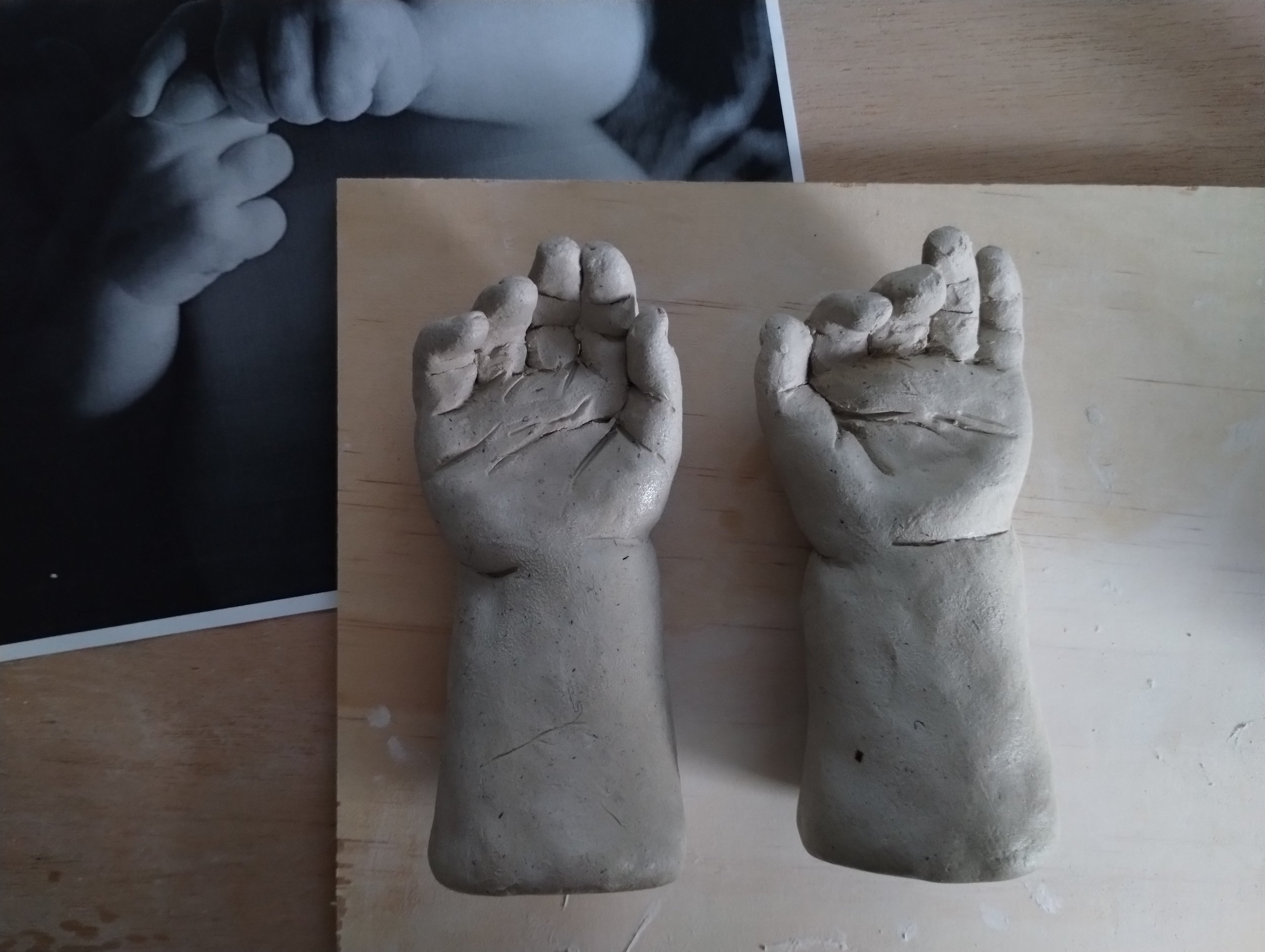Rural Utopias Residency: Elizabeth Pedler in Wellstead Stage 2 Reflection #5
Elizabeth Pedler is currently working with the community of Wellstead. This work is one of over ten, forming part of one of Spaced’s current programs, Rural Utopias.
An artist interested in the range of participation possible in art, Elizabeth's practice spans from playful and interactive installations to collaborative relational aesthetics. Identity, food, and community involvement are areas of particular focus, and have led to significant artistic development in her recent arts practice, engaging with audiences through the sharing of experiences and storytelling.
Here, Elizabeth shares an update from Wellstead.
26 June - 2 July 2023
The week was drizzly and cold, a perfect time to spend indoors with my hands on clay making sculpture. The drive down to Wellstead on Monday was long, but broken up with breaks to play in the bush and at some playgrounds along the way. Juno has been walking for over a month now, and was eager to stretch her legs every time I stopped the car, picking up gumnuts, poking at bits of blood-red sap oozing from Marri trees, and breaking fire-blackened bark in her tiny hands. We arrived at Albany mid-afternoon, and had afternoon tea with Margaret and Mike Gorman in Mira Mar, with a surprise visit from Sylvia Leighton as well. Back on the road as the sun started to drop over the horizon, we travelled slowly for the last hundred kilometers, wary of roos popping out from the roadside bush. We got to Windi Windi, and Juno and Esmae greeted each other in their wordless dialogue. We sat down to dinner with Richard, Kerry, and Esmae, before heading down to the Nissen hut to settle in.
Tuesday and Wednesday, Kerry kept the girls occupied, giving me time to spend on the sculpture. I had brought with me two clays, one pulled from the water’s edge of Richard and Kerry’s bluegums dam, processed when I was down in Wellstead in July last year; the other clay purchased from potter’s mart in O’Connor. The wild clay had spent months drying out and it was now solid, but still damp, a little more wet perhaps than I’m used to, but ready to start working. Moulding the clay with my hands, I wedged the wild clay from their dam together with the commercial white clay. The dam clay was gritty, sandy, and smelled of reeds. The white clay was elastic, smooth, and its fine texture quickly rubbed off onto my palms. To blend the clay together, I weighed out a kilogram of each on a small digital kitchen scale, then pushed the lumps together on a wooden board. Kneading the clay like bread dough, I loaded my body weight over the board to push and stretch the clay over and over. As it came together, the grey of the dam clay spread through and combined with the white, marbling and mottling where they were joined. Wedging again and again, forming the lump into a rams-head shape between my hands, the lines where they joined slowly became more subtle, then disappeared until the resulting lump was smooth in texture and colour. Not quite as sandy as the wild clay, nor as smooth as the commercial clay, the blend was elastic but still smelled like a dam, pale grey and lightly flecked with tiny fragments of organic matter.
I shaped the two kilogram lump, then sliced off a smaller piece with my fishing line, pulling the thread through the smooth mass in a clean cut, and wrapped the remainder up to keep the moisture in. With the smaller piece, I rolled it out into a cylinder, about as wide as my wrist and as long as my wrist to my elbow. I cut the piece evenly in two, and then shaped each into a simple hand. Pulling one end of each piece first into a paddle, like a turtle might have, then cutting into the flattened end four times, segmenting apart the fingers and thumbs. Each little finger slice was then moulded, narrowing at the tip and flattened for the nail, rounded and contoured for the finger pads, tiny lumps for the joints. From the nondescript chunk, emerged a baby’s hand reaching up from a plump little wrist. Then all of it over again, another hand, making a pair left and right, Esmae’s hands. Small enough to disappear inside my own as I shaped them, to these hands I added little cuts with the kidney tool for fine lines on her joints, scored with a fine point to create the nails, and incised the palms for and creases where the hands folded in. Using an array of wooden and metal tools, I poked and cut, pressed and shaved off, constantly comparing the subtle shapes of these tiny hands to my own, and to the printed images I had taken of Esmae last year, and to each other, to be careful the two clay hands were a matching pair.
As I worked with the clay in the kitchen of the Nissen hut, taking breaks for hot cups of tea and stoking the fire in the next room, I stole occasional glances from out the kitchen window. Rain drizzling over the paddock, wind pulling at the leaves of trees, and afternoon light catching the backs sheep, heads down to stay out of the weather.
The rest of the week Kerry had more work to do, so I worked at the clay just while Juno napped in the afternoons, and some evenings after she’d gone to bed, making more hands and also feet. On Thursday we all went to Albany in Kerry’s car, visiting Richard’s parents at Baker’s Junction, and taking the girls to the swimming pool in town. Friday we had a visit from Craig Lock, and we chatted over a cup of tea while Juno fell asleep on my shoulder, then went down to the sheep yards to help Richard drafting off some of the sheep to drench. On Saturday Kerry and I took the girls out in the ute to see her mob of cattle and had a look at a new dam (with fresh red clay lining the sides), then shared lunch together up the farmhouse - fried zucchini pulled from the garden, green beans, fresh hummus - savouring the last day of the girls hanging out together. Late Saturday night after Juno had gone to sleep, I packed up our things. After working through the week, I packed up to take home with me two hands and two feet for Esmae, and a smaller pair of hands for Juno. Gently loading the pieces of clay sculpture into a plastic tub, I wrapped them up with wet cloth dressings gauzily laid over them to keep the clay from drying out, and placed them between towels to prevent them from being jostled too much on the road.
After a quick breakfast with Kerry and Esmae Sunday morning, we drove home, enjoying the breaks of sunny sky between showers to play at Kendenup, Kojonup, Williams, and lastly the Gleneagles rest stop. Arriving home in Highgate at 6pm, Andrew joyfully took Juno and played with her, having missed us all week, and I unloaded our things from the car. I took the clay and tools out and placed them in my studio in the garage. I checked over the pieces to see if there was any damage from the journey, being packed in and bumped around on the long drive. Unwrapping the small limbs, each was perfect, damp, and bore light wrinkles from the cloth wrappings. I wrapped them back up again, placed them in sealed plastic bags to stop the moisture escaping, and laid them back in the tub to return to later. I still need to make more pieces for the sculpture: feet for Juno, a head for each girl, and torsos, before the exhibition in November. The project is incomplete, but we’re on our way.
All images courtesy Elizabeth Pedler.

